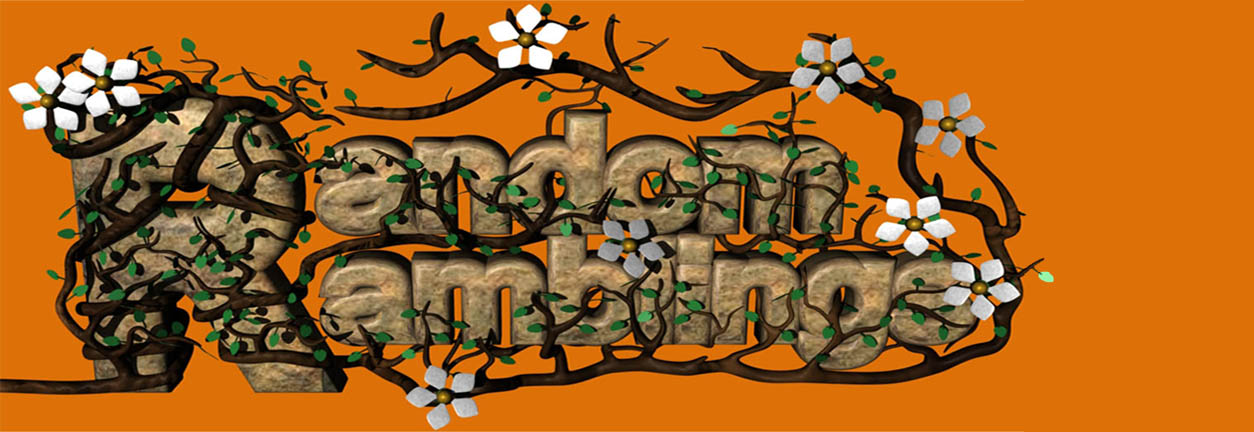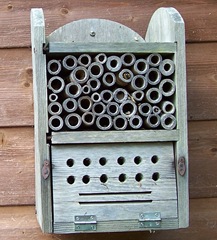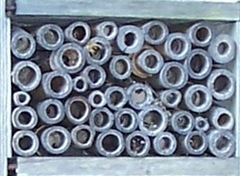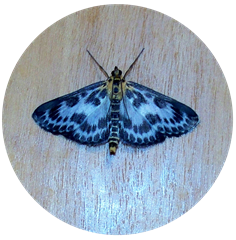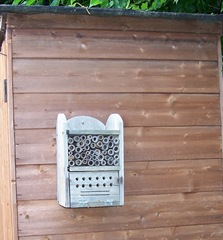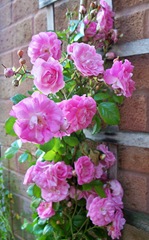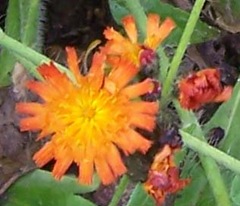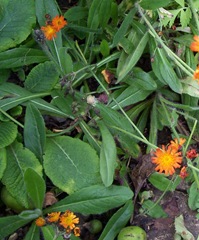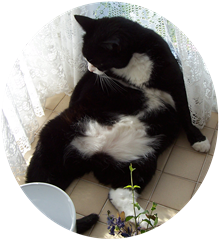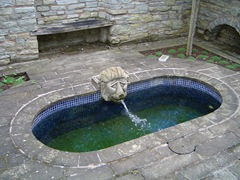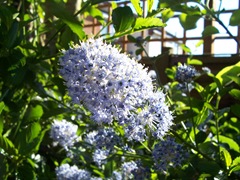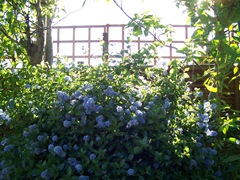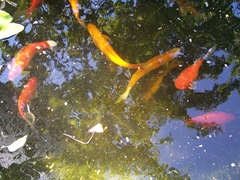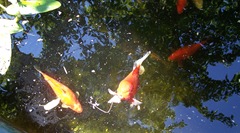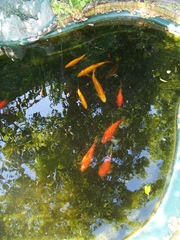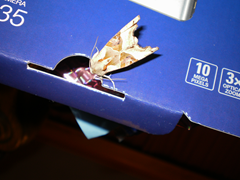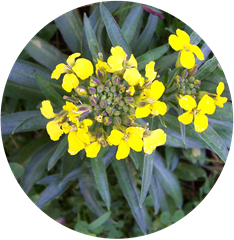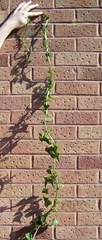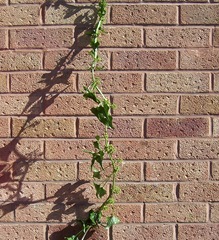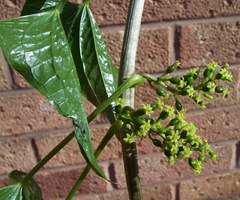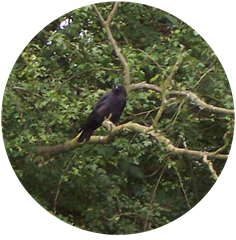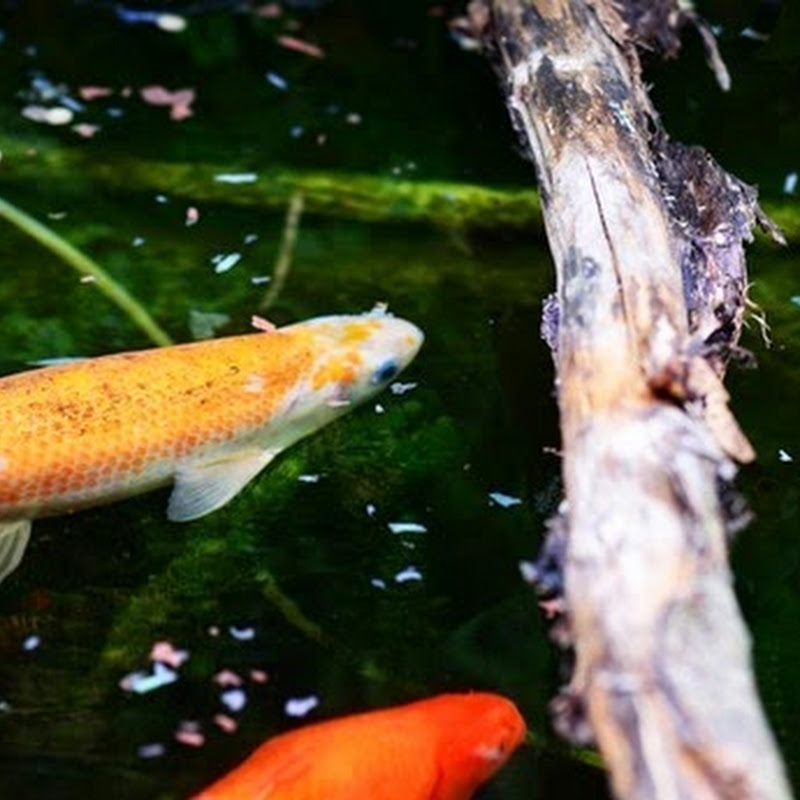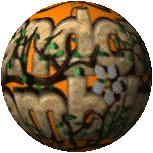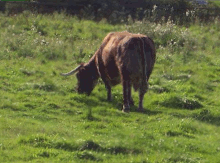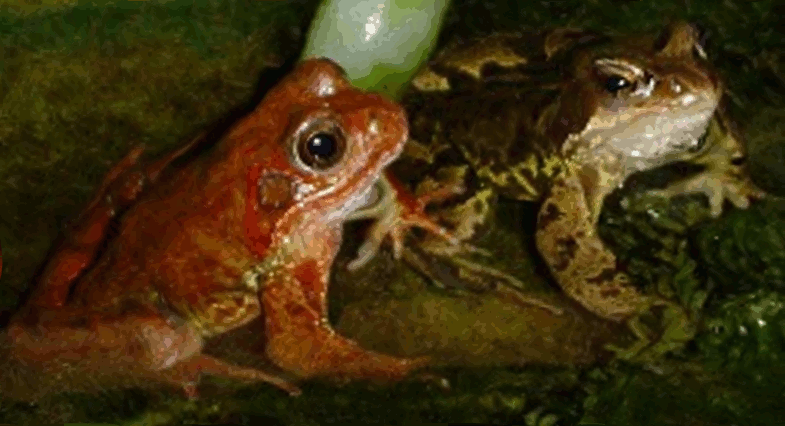June has arrived – hip, hip, hip hurray - thrice times! In olden days, June was a very special month and if you sit back and close your eyes you might just feel the sense of enthrallment, a tingling sensation deep down through your being that your ancestors felt so many years before you.
For flower lovers it is the beginning of the sea breaker of Summer colour and the garden begins to have wave after wave of colours and shapes. Every flower trying to out-do its neighbour with a riot of garish colours. One that is well worthwhile considering is the perennial geranium. All perennial geraniums are considered to be wild flowers but most happily sit in many gardens producing flower after flower in violet blues, mauves and pinks. Year in and year out with little attention they give other border plants a run for their money. The safest one to install is the roadside blue crane’s-bill. This is compact in nature and when established tends to remain in fairly tidy domes. New plants are best created by breaking off a small root portion and replanting to desired position.
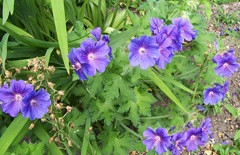
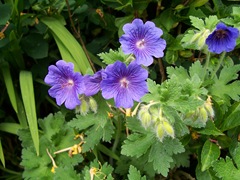
Blue geranium – Crane’s-bill or Violet Blue geranium
The next most useful perennial geranium is the common pink which is also a member of the Crane’s-bill family. These have slightly smaller flowers, quite dainty. They need to be heavily tidied and kept in close circles as they have a rapid propensity to spread. They seed readily and the young seedlings will comfortably grow just about anywhere. They will root themselves in gravel, between slabs, at the side of paths and so on …… so to see this plant at its very best – it must be kept close and tidy. Flowers may be snipped off at the end of the flowering season and it will dutifully provide a second and often third handsome batch.

Pink geranium – Crane’s-bill
Although both varieties of these geraniums may be purchased from a nursery along with quite a few other varieties – they are readily available in the countryside. They are, of course, most easiest to find in June as they are in their first flowering stages. Crane’s-bill is often visible in hedgerows and at the sides of kerbs, in fields, hills and so on. Unless the plant is on common land then permission needs to be asked before prising out a specimen to take home to the garden.
 Leaf-cutter bee cleaning a bamboo chamber
Leaf-cutter bee cleaning a bamboo chamber